Inside emdal studio
Written By Kelley Mullarkey
Bringing her colorful creations to life by hand inside her quaint Copenhagen based studio, designer Signe Emdal weaves together a nostalgic narrative inspired by nature and living simplistically. Communicating through textiles, she translates cultural heritages and century old traditions into a gorgeous array of contemporary scarves, blankets and tapestries.
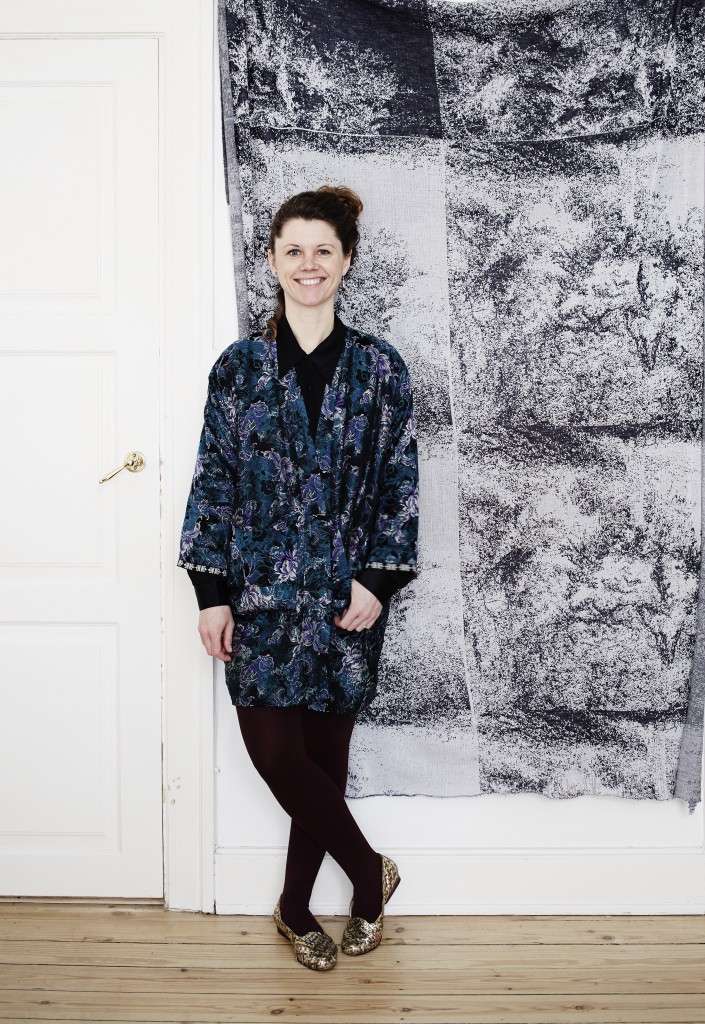
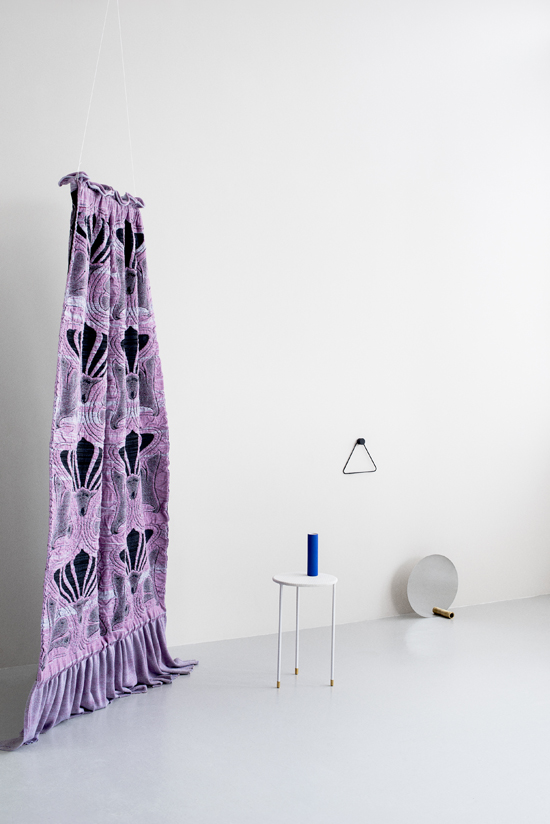
The range of color and patterns utilized within Emdal’s textiles is quite unique. How do you go about the color selection process?
Choice of color is a very personal matter. I believe that colors equal feelings. They reflect what kind of emotions you are carrying inside of you, like a mirror of your inner condition.
As I go about my projects, color choices are divided in two approaches: personal projects and commissioned work. The first one gives me total freedom, while the second, a wonderful merge with the identity of the client. I love both ways and I need both ways in my life. Also, in both approaches I like to start out with selecting historical artworks that I’m especially attracted to (and fit with the project) and translate their color schemes into my fabrics. Often I use several image sources of inspiration and merge/pick out bits together.
You’ve been producing scarves for the past eight years but lately we’ve seen you creating more tapestries and showcasing them at exhibitions in places such as Germany and Iceland. Was the shift a conscious decision?
My fuel has always been to make other people happy with my work. It’s only been two months of the new adventure and I’m overwhelmed with the feedback I’ve received. This format seems to resonate on a very profound and human level in people, just like the scarves. It’s such an amazing powerful experience to be standing in front of a large textile artwork like this. I also realize that the format was what I was always meant to do.
There is a wordless source of energy coming from the threads. It’s a magical language that you cannot find anywhere else; I believe it’s pure energy.
I love to share my own experiences, and I like to say that my work process is a bit like a writer’s, a chef or a musician. Sometimes people discover my personal story in the work, sometimes they just get a wild visual or emotional experience. I am guessing that people feel a sense of freedom and space.
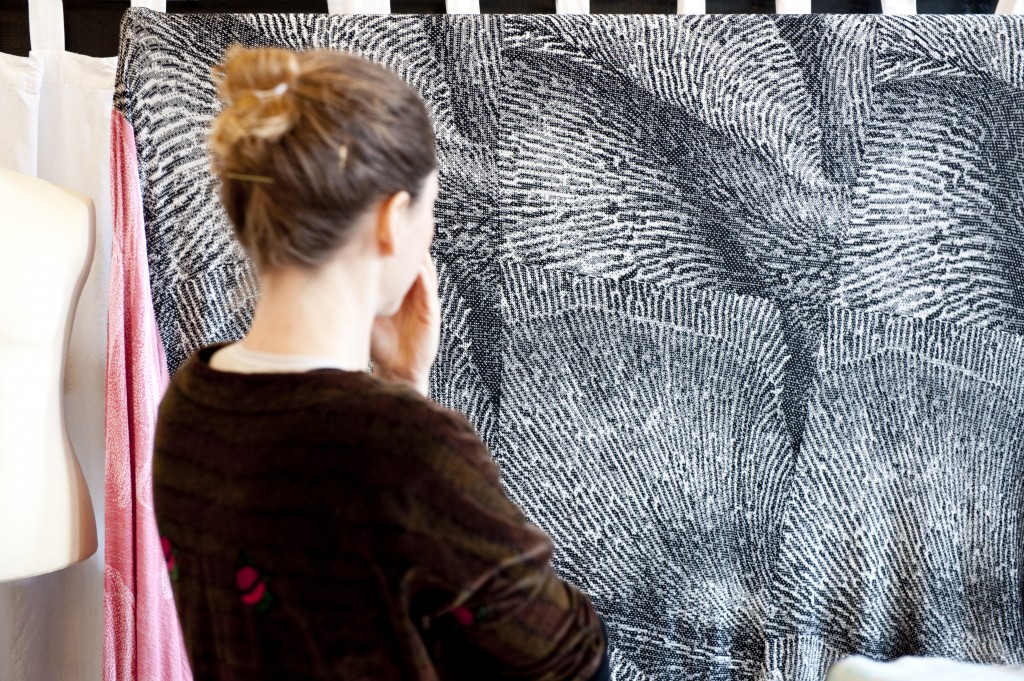
How did you first get into design?
I wanted to work with my hands and with color. I didn’t feel much into books at the age of 20, so I applied within the textile department at the Danish Design University. At that time, the textile department appeared to be one of the few offering a good combination of material research, hands on and art approach. And it was.
In my final years, I did a long mentoring program at an elder knitting experts factory. He showed me how to work with fibers with my heart, not compromising in any way and still being able to make a business out of it. He gave me tons of time and space to develop my skill. He’s like a second father to me, a “fiber father” you could say.
I’m happy to see now this approach is growing throughout the entire design industry. Creatives show more heartful experiments with strong messages inside of them, not always focusing on making a final product.
Tell me about the limited edition flower scarves from your collaboration with the National Gallery of Denmark -Staten Museum of Kunst’s exhibition “Flowers and World Views.”
This is my absolute favorite commission job to date.
I got to go deep into the archives of the museum and pick out the original artworks I wanted to interpret. It was a journey of getting to know the tremendous works of German flower painter Hans Simon Holzbecher, his world of flora and study his original artworks really closely in details.
The project was my own idea. I wanted to try and merge with an amazing artist from the past and translate his sketch-work into fabrics. I wanted to see if a textile designer could be allowed access into the secret chambers of a presticious art-museum.
I also wanted this experiment to end up in the form of an accessory that was way beyond the standard merchandized products you always see in museum shops. Why compromise in this product section? Why only sell regular postcards and books?
I decided to bring in my beloved scarf shape called ”a wearable hug.” This scarf has a long history of attracting all sorts of people and ages, both women and men.
And so I made a version of my wearable hug with the fabric-translation of two of his flower drawings – the iris and the tulip. Both very famous flowers in the European history of flower buisness. At Hans Simon’s time, the flowers were just like pieces of gold. Only wealthy people and kings could afford to have them around.
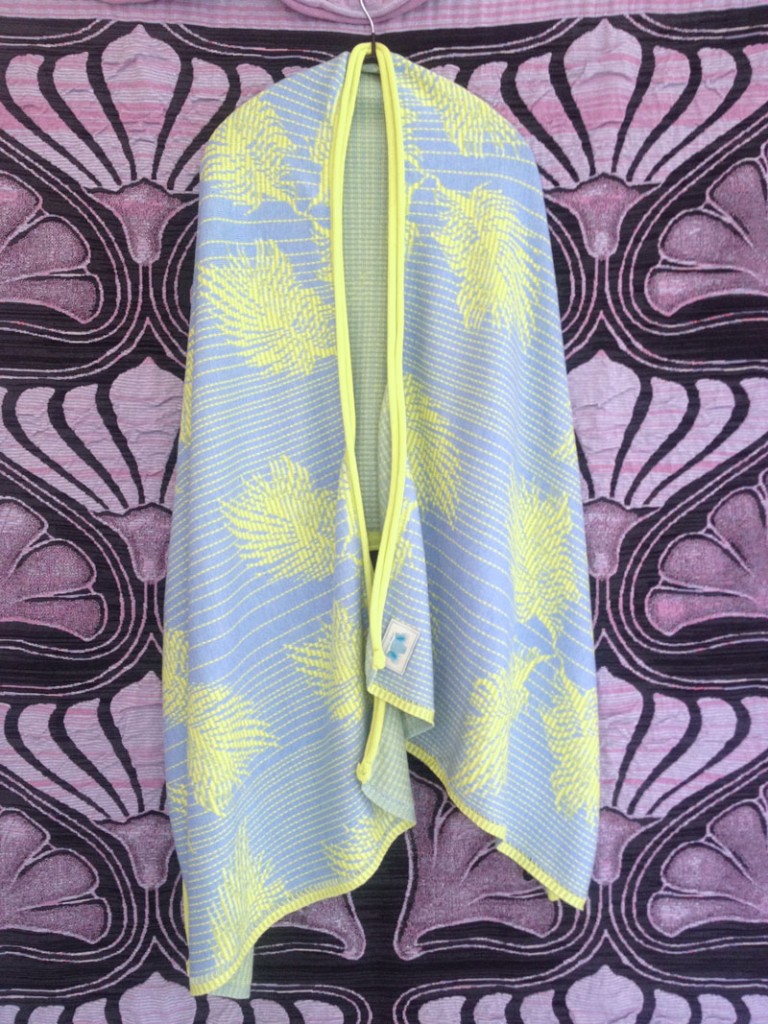
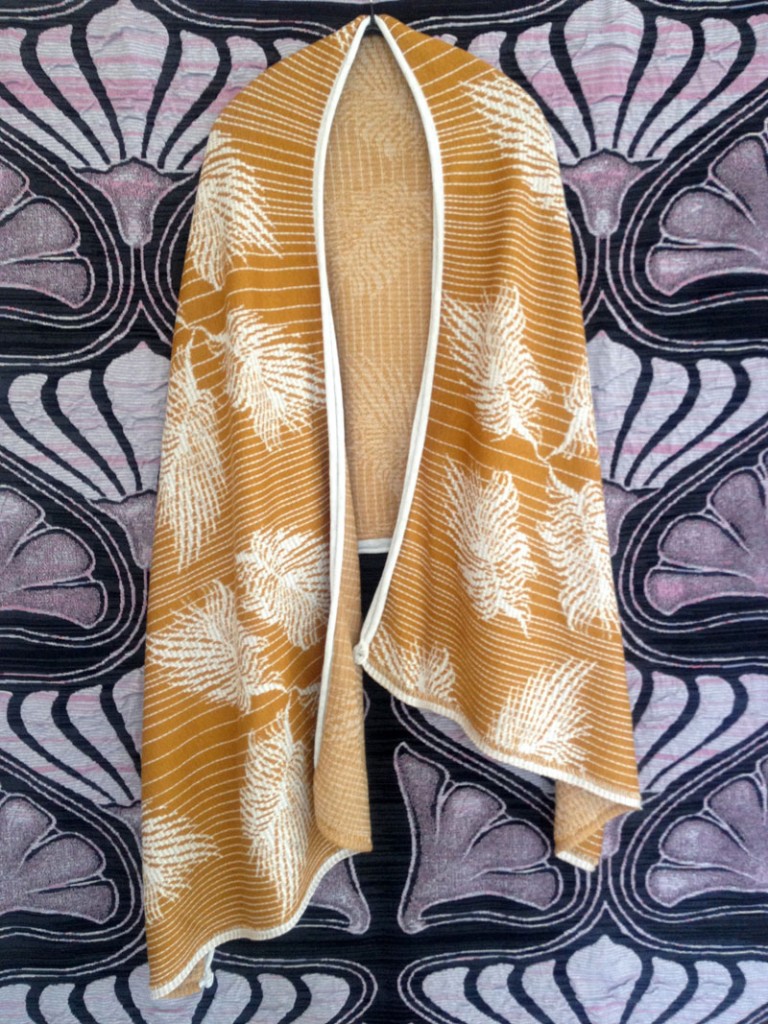
What current taspestry projects are you currently working on?
Right now I am still launching the tapestries I made in Holland in November. I am also working on a series of knitted tapestries for the emerging bohemian wedding scene, a symbolic treasure to hang at the wedding arch. Costumized with the right symbolic flora for the couple for them to bring home and keep forever in their house.
I will have a solo show in Denmark in Easter 2017. It will take place in the famous Skagens Museum, up at the far north of Denmark. I will be creating a textile interpretation of one of the most important Danish heritage-treasures: The Brøndum dining room.
Next to my show, I will also create a really beautiful small interior product for the museum’s shop. I’m very excited about this project as part of my family is rooted in this little fishermans town: Skagen. We have a beach house up there on my great great grandfather’s land. It’s my favorite place on earth. Full of light.
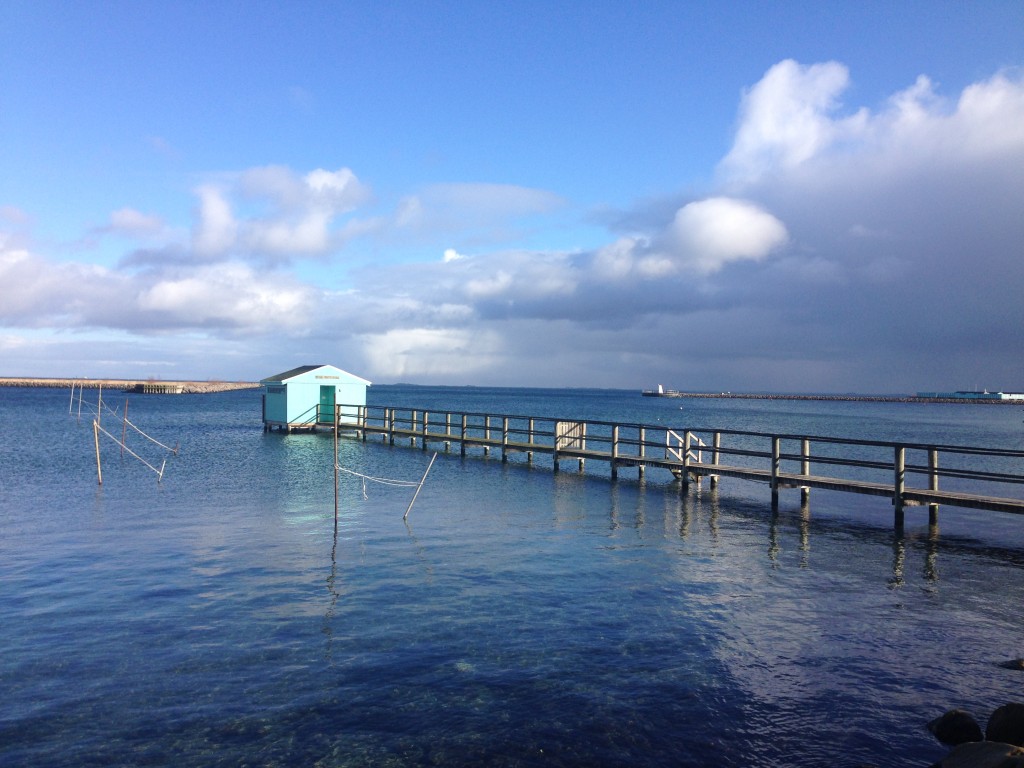
How has travel played an influence in your creative process?
I seem to attract foreigners living in Denmark so somehow there has been a reverse traveling for me for many years. I do love to go out into the world, but I really mostly enjoy it through some kind of group setting.
I’ve done a lot of ”silent-retreats” in Finland & Spain. Being with other people from all over the world, sharing silence in nature, love and non-judgementalness is the most amazing thing I ever tried.
You learn to see where your own energy ”field” starts and where the next person’s begins. This is truly a dificult skill but when you start to get the touch of it, you can live with greater awareness and thereby be more in charge of your own creations and boundaries.
Being a hyper-sensitive person suddenly shifts into this great gift.

What messages are you trying to communicate with your work?
I believe that true beauty is a very important part of our lives. I really just feel like shining light on very basic human values. I like when things are simple and honest, just like nature. I like to create a moment of silence and non-spoken time. We have so many words in this modern world. I believe I can contribute with speaking to other parts of your human nature other than the intellectual mind. The heart. The softness in you.
I like to work with archetypal symbolism.
How have you addressed issues of sustainability within the fashion industry?
I produce everything I’ve ever made with my own hands, trying to make my production as non-waste as possible. It’s going well, but I’m hoping to start collaborating in a team-setting with sustainable productions elsewhere to create a larger project with other like-minded.
I do love my daily life going to the workshop every morning. But in the future, it would be nice to combine that with a team-project outside of my house.
What does the future of Emdal look like?
It’s a great mix of creating and showing my own interior-artworks (large and small) in-house and at the Textiel Lab in Holland, interior-commission jobs for spaces such as museums, hotels and architects around the world. And at some point to be part of a new team, creating meaningful accessories and jobs for people across the world while helping to preserve textile traditions and heritage.
Images c/o Emdal Studio
majestic disorder x Emdal Studio
Related Reading




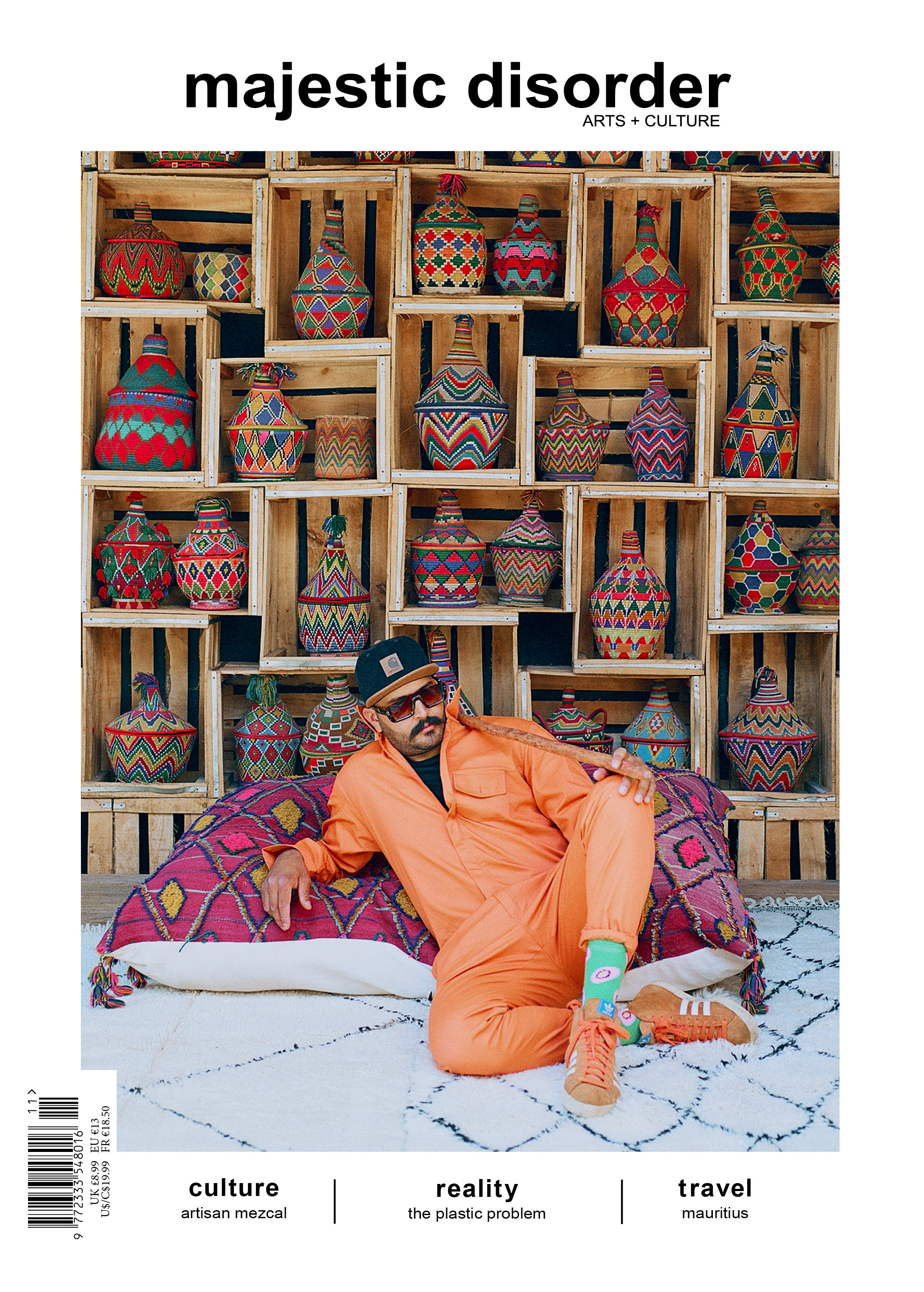
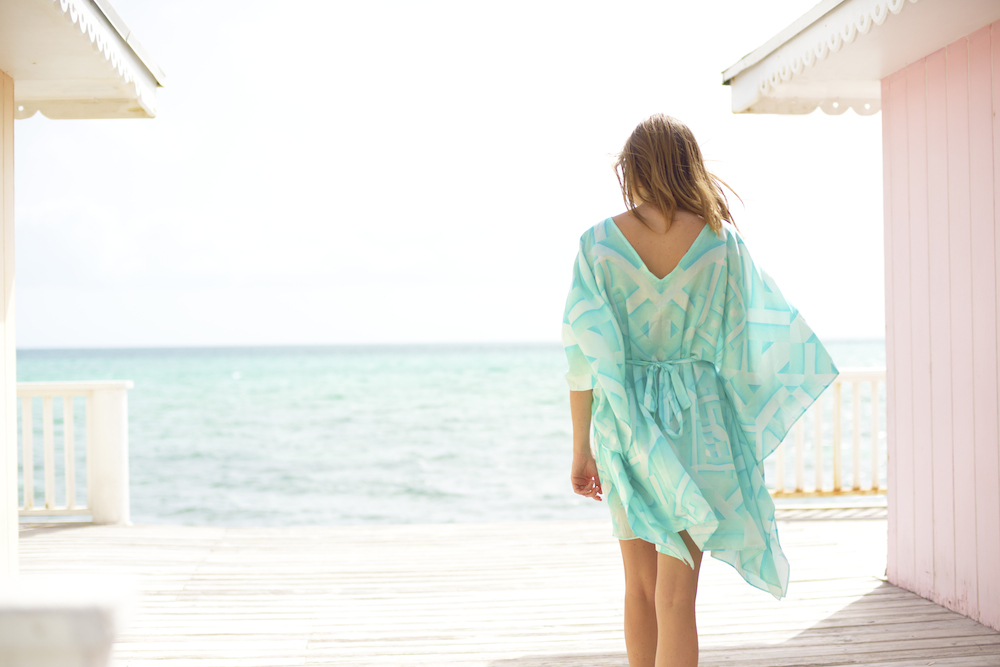
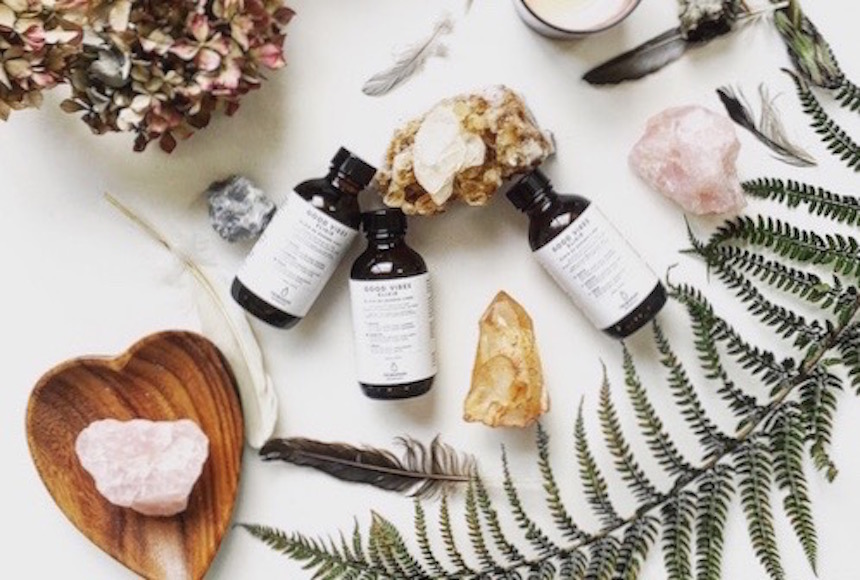
 @majesticdisorder
@majesticdisorder